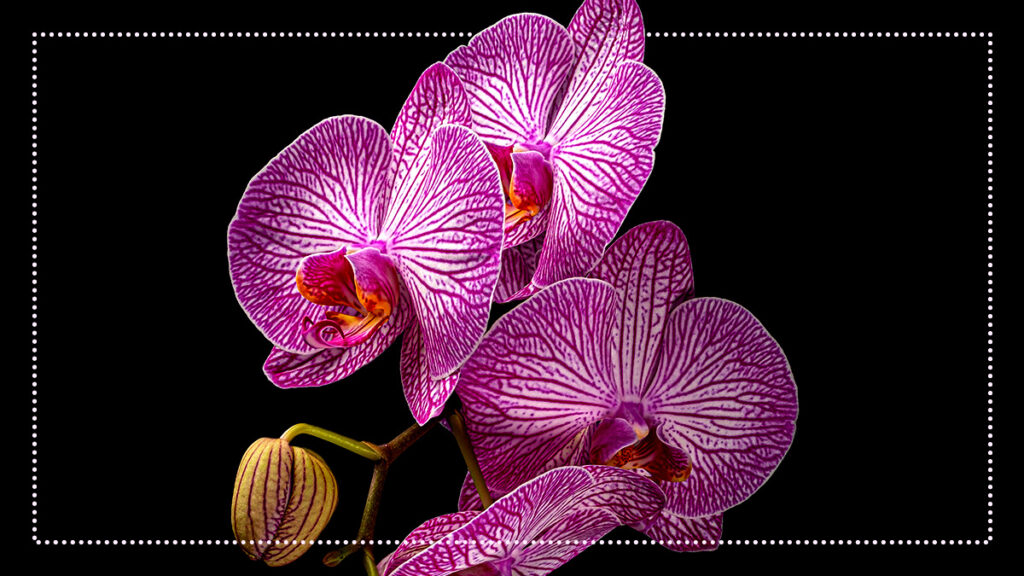By Brian Boone
This should put some “spring” in your step. We went out into Uncle John’s trivia garden and picked some of the most beautiful and pleasantly fragrant fun facts about the world’s weirdest flowers, plants, and trees.
Really wild orchids
The bucket orchid entices bees into collecting and spreading its pollen, and thus perpetuating the species, via a fragrant substance that bees happily consume — because it gets them intoxicated. Scientists have observed bee communities shunning and shoving the bees amongst themselves that got fooled by the bucket orchid and got drunk.
Internet-hating potatoes
Remember that elementary school science experiment where you built a clock that ran on the electricity that came from inside a potato? There’s even more modern science involved in the humble spud. Potatoes absorb Wi-Fi signals. A bag will prevent the waves necessary to surf the internet, so much so that airplane manufacturers use such sacks to determine dead spots on their Wi-Fi-enabled aircraft.
Addictive eggplants
The active ingredient in tobacco, or the one that produces a highly addictive stimulative sensation, is the naturally occurring compound called nicotine. It’s found in other plants in small measures, including the eggplant. It would take a lot of eggplant to feel any effects, however. You’d have to eat (or smoke) 20 pounds of eggplant to ingest the same amount of nicotine as can be found in a single cigarette.
Rotten tomatoes
Tomatoes were introduced to Europe in the 16th century as an ornamental plant, with Spanish explorer Hernan Cortes bringing them back from his expeditions to the New World. In the 1700s, those who could afford the premium plant thought eating that red and juicy looking produce might be a good idea, until they stopped — people routinely died just within days of eating them. Eating tomatoes fell out of favor for decades, until everyone realized that it was the reaction of the acid in tomatoes with the lead in the pewter plates that was deadly, not the tomatoes themselves.
Get Uncle John's Action-Packed Bathroom Reader Today!
Dandy dandelions
In English, we call that pretty, yellow, wild-growing flower (or weed) the dandelion. In French, it’s called the pissenlit. Direct translation: “wet the bed.” In France, the leaves of the plant have been used to make a medicinal tea for centuries, used as a diuretic.
Buggy figs
Vegans avoid any food that has anything to do with an animal. They eschew meat, of course, but also eggs and honey, and the truly adherent avoid figs. They may be fruit, but their creation involves the death of a living thing. The fruit of the fig tree is pollinated by wasps, who routinely get trapped inside the sticky fruit. They’re left to die, and absorbed into the flesh of the fruit, as it ripens.
Randy plants
Human-oriented prescription drugs like Viagra and its ilk work the same way: They widen vessels, allowing for healthier and more robust blood flow. Those drugs have the same effect on plants. Curious scientists dissolved some of those medications in water and put cut flowers in them. The flowers stood upright and lasted about a week longer than non-Viagra treated flowers.
Flatulent forests
And now, what might just be Uncle John’s favorite totally true fun fact of all time: Trees fart. Microbes in the human body that break down food create the side effect of gas, which released from the body in a smelly, loud way. Trees do the same thing. As they create their own food through photosynthesis, it results in a certain amount of methane. That leaves the tree via the stem or through the bark.









